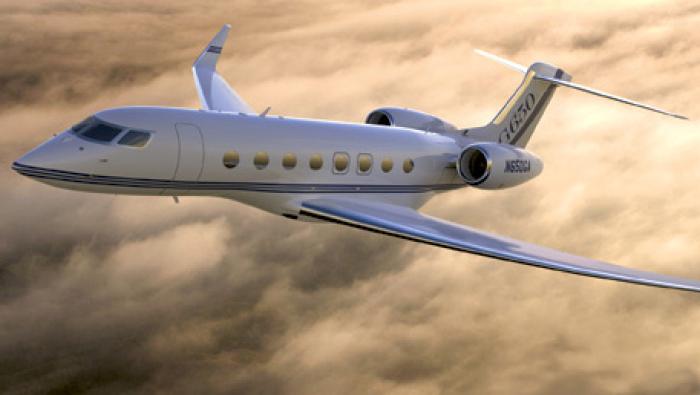Northrop Grumman’s X-47B UCAS-D carrier-borne unmanned combat air system demonstrator is currently undergoing sub-system checks before final assembly for a first flight date in November next year. Having been developed at El Segundo, the first X-47B (AV-1) is now at Palmdale, California, where the vehicle’s centerbody/inner wing structure is essentially complete.
The X-47B is a U.S. Navy program to demonstrate the use of an unmanned, tailless aircraft for carrier-borne operations. There are many challenges involved, such as the catapult launch when the vehicle has to rapidly transition between flight modes. The UCAS-D has to fit into carrier patterns and be capable of being waved off (go round) on command from any of a number of controllers, from the landing signals officer to the combat control center.
Arrested landings are not seen as too much of a challenge, and simulations and trials by surrogate aircraft (F/A-18) show a very small touchdown dispersion pattern. More of a problem, however, is what to do with the UCAV once it is back on the deck. It is standard practice for manned aircraft to be moved with someone in the cockpit to man the brakes in an emergency. Obviously that is not possible with a UCAV. One solution may be to have a “brake-rider” walking alongside the vehicle while it is being towed, with his or her hand on a “dead man’s switch.”
Following extensive tests of the system on a ground-based “iron bird” systems rig, the X-47B AV-1 will fly from Palmdale but move to Edwards AFB for initial tests. It will then be moved to Patuxent River, Maryland, for trials on the base’s carrier systems. It will also spend some time at Lakehurst, New Jersey.
At the end of 2011 AV-1 is scheduled to go to sea, with USS Harry S. Truman the lead contender under the current carrier cycle plans. By that time AV-1 should have been joined by the second X-47B, which should fly in early 2011. A truncated test program at Edwards and Patuxent River will clear it to join AV-1 at sea.
Gene Fraser from Northrop Grumman’s Integrated Systems Western Division reports “good support from the U.S. Navy.” This is despite rumblings of disquiet in the Navy concerning unmanned carrier operations, and even program cancellation. If the UCAS survives, then an SDD phase will begin in 2014. One program clouding the UCAS issue is the Navy’s F/A-XX, a notional follow-on to the Super Hornet. This could be manned or unmanned, with IOC planned for 2025, some years after UCAS could be ready for duty. If UCAS goes ahead, it is not clear how F/A-XX might fit into a carrier deck already loaded with UCAS and JSFs.







